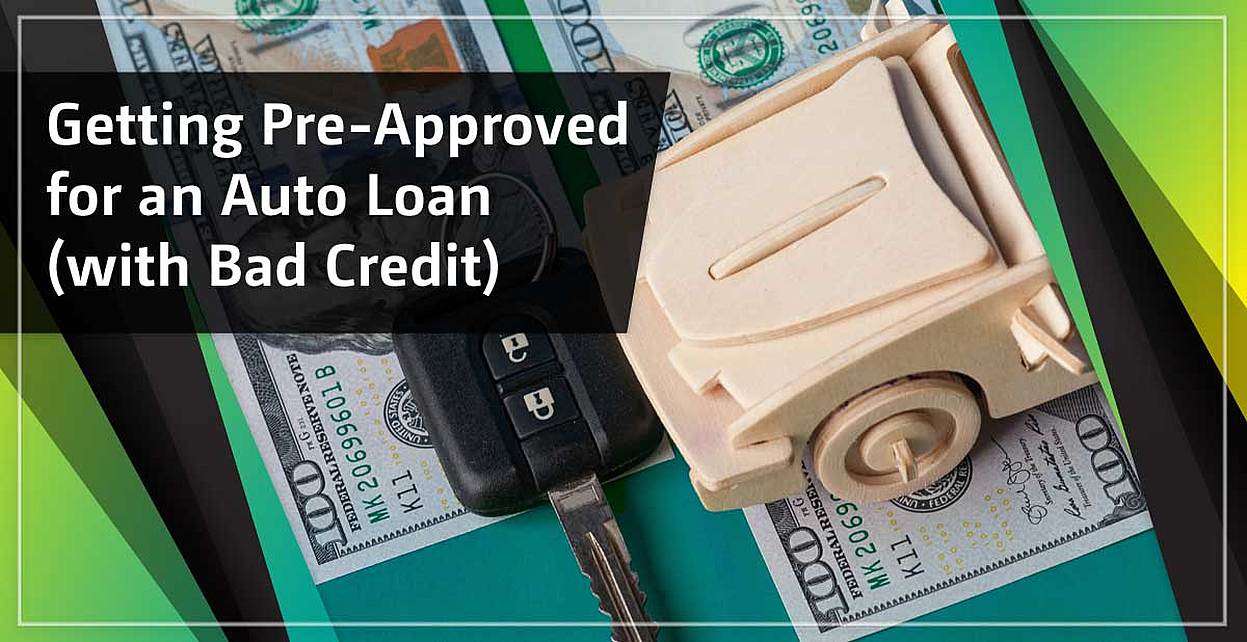
A non profit account is an IRA account that is specifically designed to meet the needs of a nonprofit organization. You can make contributions to the charity and not pay taxes. It can also help you set up automatic payments for expenses. Non profit organizations should be 501 (c)(3) registered. Keeping these things in mind will ensure that you get the best account possible for your organization. These are just a few of the many benefits you get from a non-profit bank account.
Non-profit organisation
When setting up a nonprofit organization account, it is important to understand its purpose and what it will use the account for. A nonprofit organization is not subject to tax because it works for the greater good of society. However, it is crucial to verify the accuracy of its records. It is important that the nonprofit organization account tracks all donations and shows how much money was spent. You can use accrual accounting to do this.

Registered 501c(3) organization
A tax ID number and an EIN (or Employer identification Number) are required to open a bank accounts for nonprofits. The list of officers you will need to submit is also required. They must also provide photo identification as well as Social Security numbers. Different banks might have different requirements. Check with the bank to find out what they require. The state can help you determine if these items are required by the bank.
Exempt from bank validation
If you're a non-profit, you might be curious whether your accounts are subjected to bank validation. The Financial Crimes Enforcement Network established these rules to require banks to verify that account owners are legal individuals and entities. Although nonprofits are exempted, banks still have to verify the financial status of their customers. This article discusses some of the safeguards that nonprofits should consider.
Requires two signatures
Dual signatures are an important internal control tool. It allows both parties to sign the check. This reduces fraud risk. Dual signatures prevent fraudulent checks. The signatures can be electronically verified by banks, or sent to them via mail. For your non-profit account, you should ensure that you use a dual signature. You can rest assured that any checks you write will be authentic.
Can be used in any other way
It is easy to open a non-profit bank account. There are a few rules you can follow to keep your nonprofit bank account in good standing. First, you shouldn't have more than one account. It can be confusing to have multiple accounts. Instead, you should only open one account for your activities, and one account for nonprofits. Keep in mind, however, that nonprofits shouldn't change officers too often. It is a good idea having two officers on an account. It is also important to maintain the minimum balance in your account, which can be tricky if you're a small nonprofit. Every bank has a different minimum balance requirement. Failure to meet that amount will result in a monthly fee.

IRS requirements
A nonprofit account must comply with the IRS requirements for tax-exempt organizations. The IRS requires banks that they report cash payments of more than $10,000 per year to trade or business. Nonprofits that receive large checks from donors or fundraisers can be particularly troubled. Banks should prepare required reports ahead of time to avoid any problems. There are several steps you need to take before opening a non-profit account. Here are a few of them. Below are the essential things you should remember.
FAQ
Do you think it makes sense to invest in gold or silver?
Since ancient times gold has been in existence. It has remained a stable currency throughout history.
But like anything else, gold prices fluctuate over time. You will make a profit when the price rises. You will lose if the price falls.
It doesn't matter if you choose to invest in gold, it all comes down to timing.
What should I do if I want to invest in real property?
Real Estate Investments offer passive income and are a great way to make money. However, they require a lot of upfront capital.
Real estate may not be the right choice if you want fast returns.
Instead, consider putting your money into dividend-paying stocks. These stocks pay you monthly dividends which can be reinvested for additional earnings.
What if I lose my investment?
Yes, it is possible to lose everything. There is no guarantee of success. However, there is a way to reduce the risk.
Diversifying your portfolio can help you do that. Diversification allows you to spread the risk across different assets.
Another way is to use stop losses. Stop Losses are a way to get rid of shares before they fall. This reduces the risk of losing your shares.
Margin trading can be used. Margin trading allows for you to borrow funds from banks or brokers to buy more stock. This increases your chances of making profits.
How can I tell if I'm ready for retirement?
The first thing you should think about is how old you want to retire.
Are there any age goals you would like to achieve?
Or would it be better to enjoy your life until it ends?
Once you've decided on a target date, you must figure out how much money you need to live comfortably.
The next step is to figure out how much income your retirement will require.
Finally, determine how long you can keep your money afloat.
Can I make a 401k investment?
401Ks are a great way to invest. They are not for everyone.
Employers offer employees two options: put the money in a traditional IRA, or leave it in company plan.
This means you can only invest the amount your employer matches.
And if you take out early, you'll owe taxes and penalties.
How do you start investing and growing your money?
Learn how to make smart investments. By learning how to invest wisely, you will avoid losing all of your hard-earned money.
Learn how to grow your food. It's not as difficult as it may seem. You can grow enough vegetables for your family and yourself with the right tools.
You don't need much space either. You just need to have enough sunlight. You might also consider planting flowers around the house. They are also easy to take care of and add beauty to any property.
If you are looking to save money, then consider purchasing used products instead of buying new ones. Used goods usually cost less, and they often last longer too.
Statistics
- As a general rule of thumb, you want to aim to invest a total of 10% to 15% of your income each year for retirement — your employer match counts toward that goal. (nerdwallet.com)
- 0.25% management fee $0 $500 Free career counseling plus loan discounts with a qualifying deposit Up to 1 year of free management with a qualifying deposit Get a $50 customer bonus when you fund your first taxable Investment Account (nerdwallet.com)
- Over time, the index has returned about 10 percent annually. (bankrate.com)
- If your stock drops 10% below its purchase price, you have the opportunity to sell that stock to someone else and still retain 90% of your risk capital. (investopedia.com)
External Links
How To
How to Invest in Bonds
Bonds are a great way to save money and grow your wealth. There are many things to take into consideration when buying bonds. These include your personal goals and tolerance for risk.
If you want to be financially secure in retirement, then you should consider investing in bonds. You might also consider investing in bonds to get higher rates of return than stocks. If you're looking to earn interest at a fixed rate, bonds may be a better choice than CDs or savings accounts.
If you have extra cash, you may want to buy bonds with longer maturities. These are the lengths of time that the bond will mature. They not only offer lower monthly payment but also give investors the opportunity to earn higher interest overall.
Bonds come in three types: Treasury bills, corporate, and municipal bonds. The U.S. government issues short-term instruments called Treasuries Bills. They have very low interest rates and mature in less than one year. Large companies, such as Exxon Mobil Corporation or General Motors, often issue corporate bonds. These securities generally yield higher returns than Treasury bills. Municipal bonds are issued from states, cities, counties and school districts. They typically have slightly higher yields compared to corporate bonds.
Look for bonds that have credit ratings which indicate the likelihood of default when choosing from these options. The bonds with higher ratings are safer investments than the ones with lower ratings. Diversifying your portfolio in different asset classes will help you avoid losing money due to market fluctuations. This helps prevent any investment from falling into disfavour.